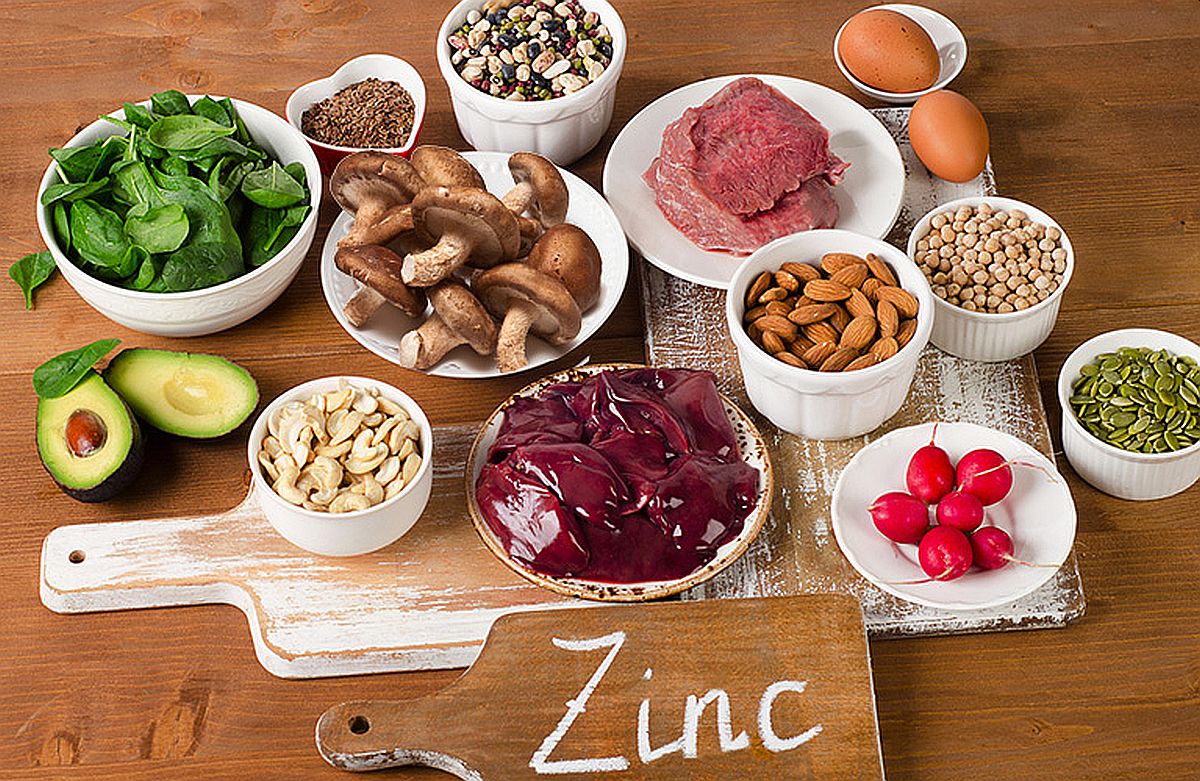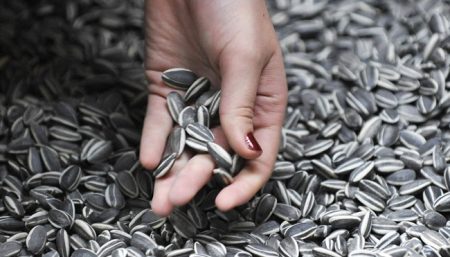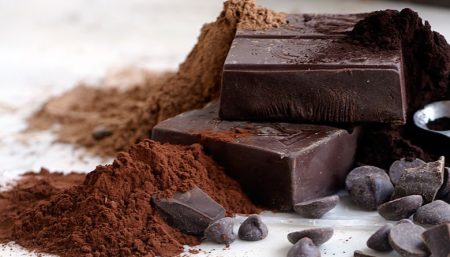
One mineral that often misses our attention is Zinc. Though needed by the body in small amounts, this mineral is vital for maintaining the sense of smell, building a healthy immune system, triggering enzymes and for the formation of DNA. It also contributes to other aspects of health like vision, taste, hair and skin.
It is believed to improve testosterone production in men and lessen PMS symptoms in women as well as boost the health of prenatal babies. Deficiency of zinc can lead to diarrhoea, impotency, stunted growth, loss of appetite, hair loss, eye and skin lesions, and impaired immunity.
The World Health Organization has identified zinc deficiency as one of the top factors contributing to disease in underdeveloped countries.
| How much Zinc Should I Aim For? Most people can get enough zinc by eating a healthy diet. The following table shows you how much zinc you need.
*This amount includes sources of zinc from food and supplements. |
There are many foods that contain zinc, but the following list of foods possess the highest amounts of naturally-occurring zinc. These foods would be a great addition to any diet.
![]()
Oysters (cooked): A typical oyster weighing approximately one ounce will contain about 8-9 milligrams of zinc. Since it is exceptionally high in zinc, it is advisable to eat it occasionally. Excess intake of zinc can lead to impaired immunity and difficulties in metabolizing other minerals.
![]()
Wheat germ (roasted) : It an excellent source of zinc with a 100 gram serving providing 17 mg of zinc, equivalent to about 111% of the recommended daily allowance of this mineral. You can make it a part of your diet by sprinkling some toasted wheat germ on your salad.
Pumpkin Seeds: Not only are they extremely high in zinc, pumpkin seeds also play a role in the prevention of prostate cancer. Pumpkin seeds also support immune system health. For maximum zinc-intake, the seeds should be eaten raw, as roasting them can deplete zinc intake. Whole roasted, unshelled pumpkin seeds contain about 10 milligrams of zinc per 3.5 ounces, and shelled roasted pumpkin seeds (which are often referred to pumpkin seed kernels) contain about 7-8 milligrams.
![]() Beef, lean chuck roast, braised (3 oz: 7.0 mg): Go by asking for 100% grass-fed. Don’t get sidetracked by the confusing array of labeling terms like natural” or “pasture-raised.” Beef is available in a wide variety of cuts that can fulfill many different recipe needs. The different cuts range in texture and tenderness as well as in fat content.
Beef, lean chuck roast, braised (3 oz: 7.0 mg): Go by asking for 100% grass-fed. Don’t get sidetracked by the confusing array of labeling terms like natural” or “pasture-raised.” Beef is available in a wide variety of cuts that can fulfill many different recipe needs. The different cuts range in texture and tenderness as well as in fat content.
![]()
Sesame Seeds: Raw, toasted or ground into tahini butter, sesame seeds hold around 10mg of zinc per 100g serving. Try incorporating more hummus (a tahini-butter-based Middle Eastern dip) into your diet, or even consider replacing wheat flour with sesame seed flour in your baked goods or breads.
![]()
Nuts: especially, cashew nuts. Nuts and seeds provide the largest amounts of zinc to our diet. For people eating a largely plant-based diet, these sources will be necessary on a daily basis to ensure a consistent intake of zinc. The current daily value (DV) for Zinc is 15mg.
![]()
 Shiitake Mushrooms: They are a very good source of zinc. To maximize their flavor and the retention of their nutrients it is important to not to overcook them. That’s why we recommend Healthy Sautéing shiitake mushrooms for just 7 minutes to bring out their best flavor while maximizing their nutrient retention. Four Dried Shitake mushrooms contain 8% DV and 4 raw shitake contain 4% DV (Daily Value).
Shiitake Mushrooms: They are a very good source of zinc. To maximize their flavor and the retention of their nutrients it is important to not to overcook them. That’s why we recommend Healthy Sautéing shiitake mushrooms for just 7 minutes to bring out their best flavor while maximizing their nutrient retention. Four Dried Shitake mushrooms contain 8% DV and 4 raw shitake contain 4% DV (Daily Value).
![]()
Spinach: It is a super food which is rich in every nutrient and zinc is no exception. A cup of cooked spinach provides 1.4 mg of zinc, contributing 9% DV of this mineral. This gives you more reason to incorporate this leafy veggie in your diet!
![]()
Dark Chocolate: A square of dark chocolate can greatly boost your zinc level. A 100 gram serving of unsweetened dark chocolate provides 9.6 mg of zinc. 100 grams of cocoa powder provides 6.8 mg or 45% DV of zinc. Occasional indulgence in a square of dark chocolate is a great way to improve your zinc intake!
![]() Oats: They contain a significant amount of zinc and iron in every 1/2-cup serving. Zinc plays a role in immune, reproductive and endocrine system function and may help prevent cancer, heart disease, age-related macular degeneration and neurological problems like attention deficit hyperactivity disorder.
Oats: They contain a significant amount of zinc and iron in every 1/2-cup serving. Zinc plays a role in immune, reproductive and endocrine system function and may help prevent cancer, heart disease, age-related macular degeneration and neurological problems like attention deficit hyperactivity disorder.
Like iron, our bodies absorb zinc more easily from meat than from plant sources.
The reason for this is that plants contain substances which reduce zinc absorption a little – phytates, found in wholegrain bread, legumes, and cereals – and oxalates, found in leafy vegetables – reduce our ability to absorb zinc from food.
Despite this, these foods are still good sources of zinc.
Ref
Disclaimer
The Content is not intended to be a substitute for professional medical advice, diagnosis, or treatment. Always seek the advice of your physician or other qualified health provider with any questions you may have regarding a medical condition.


